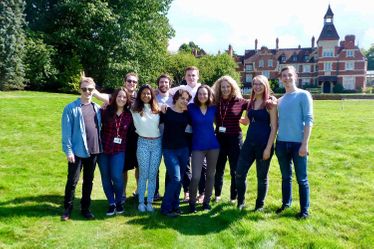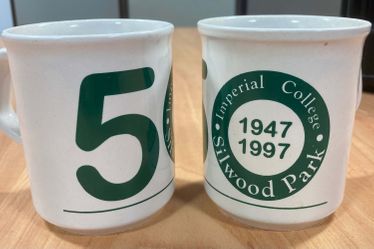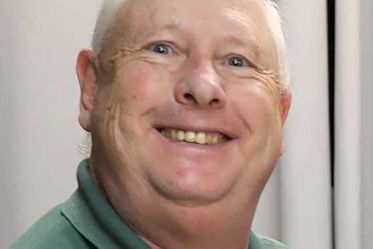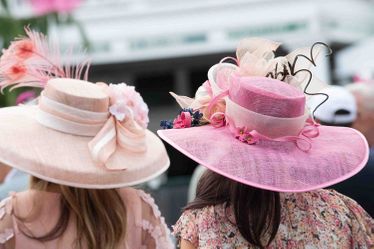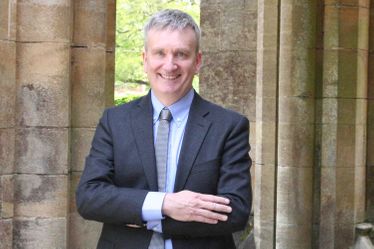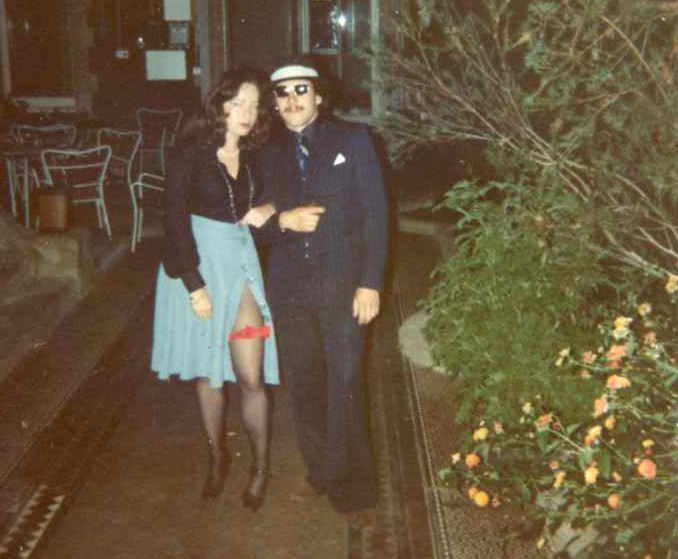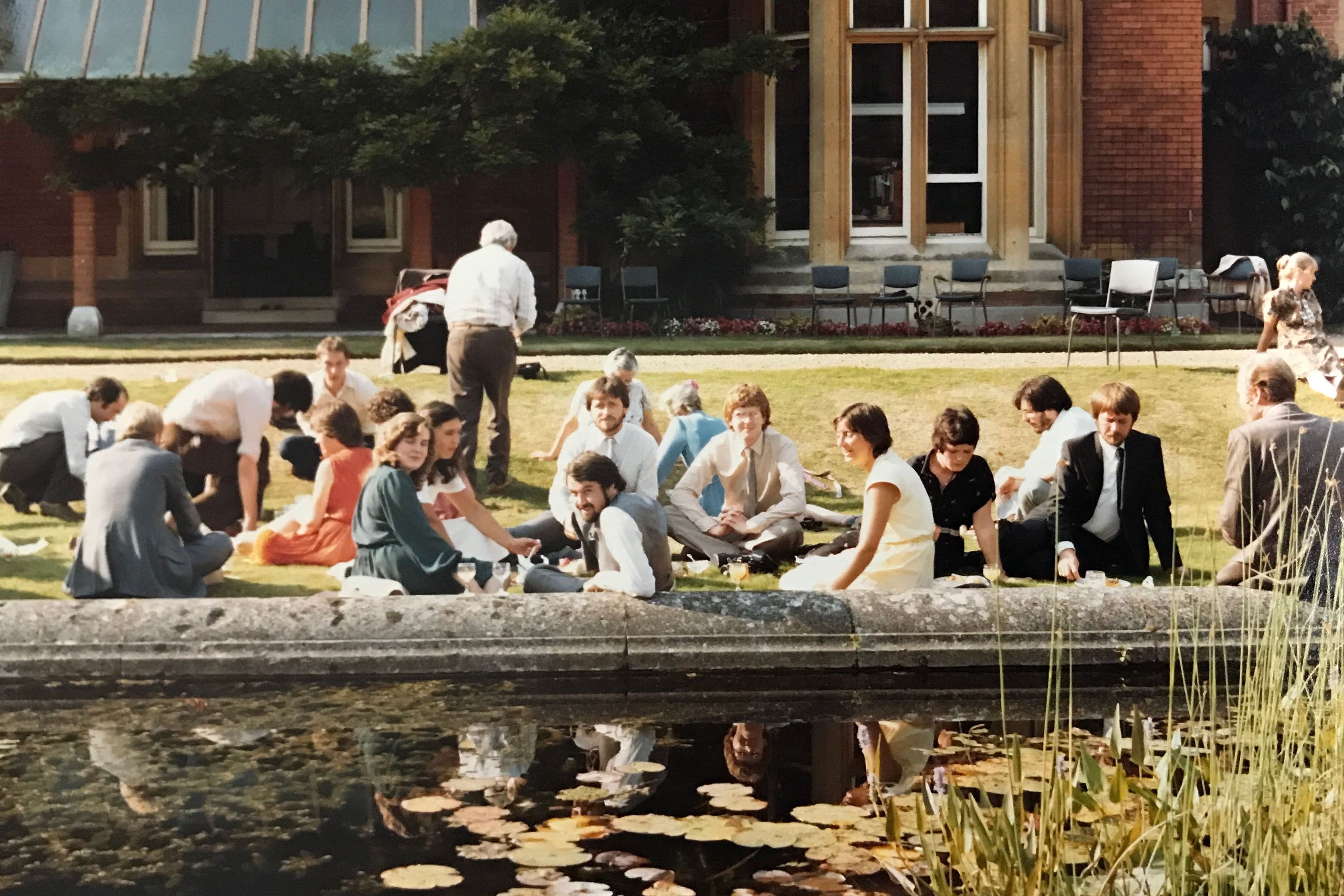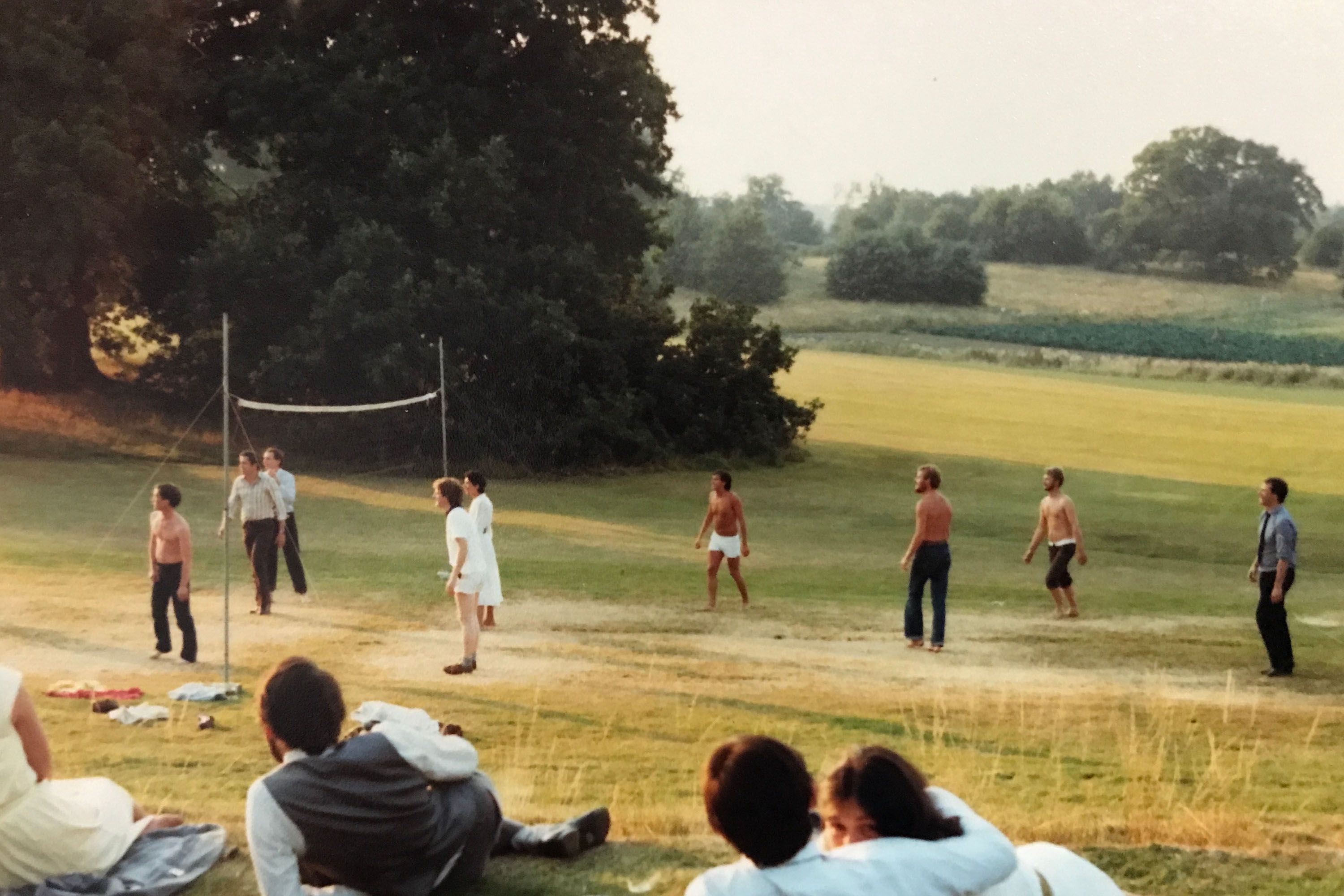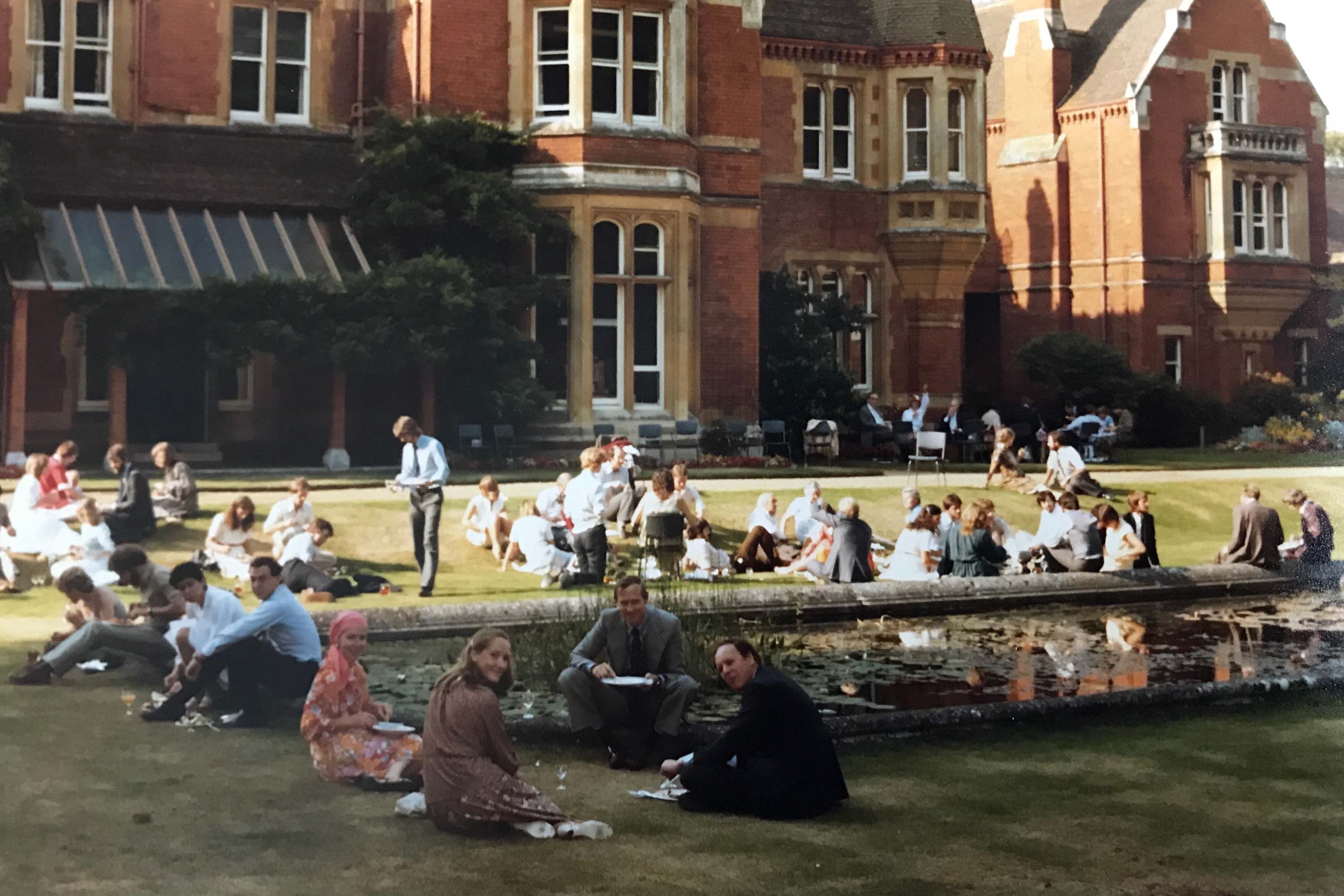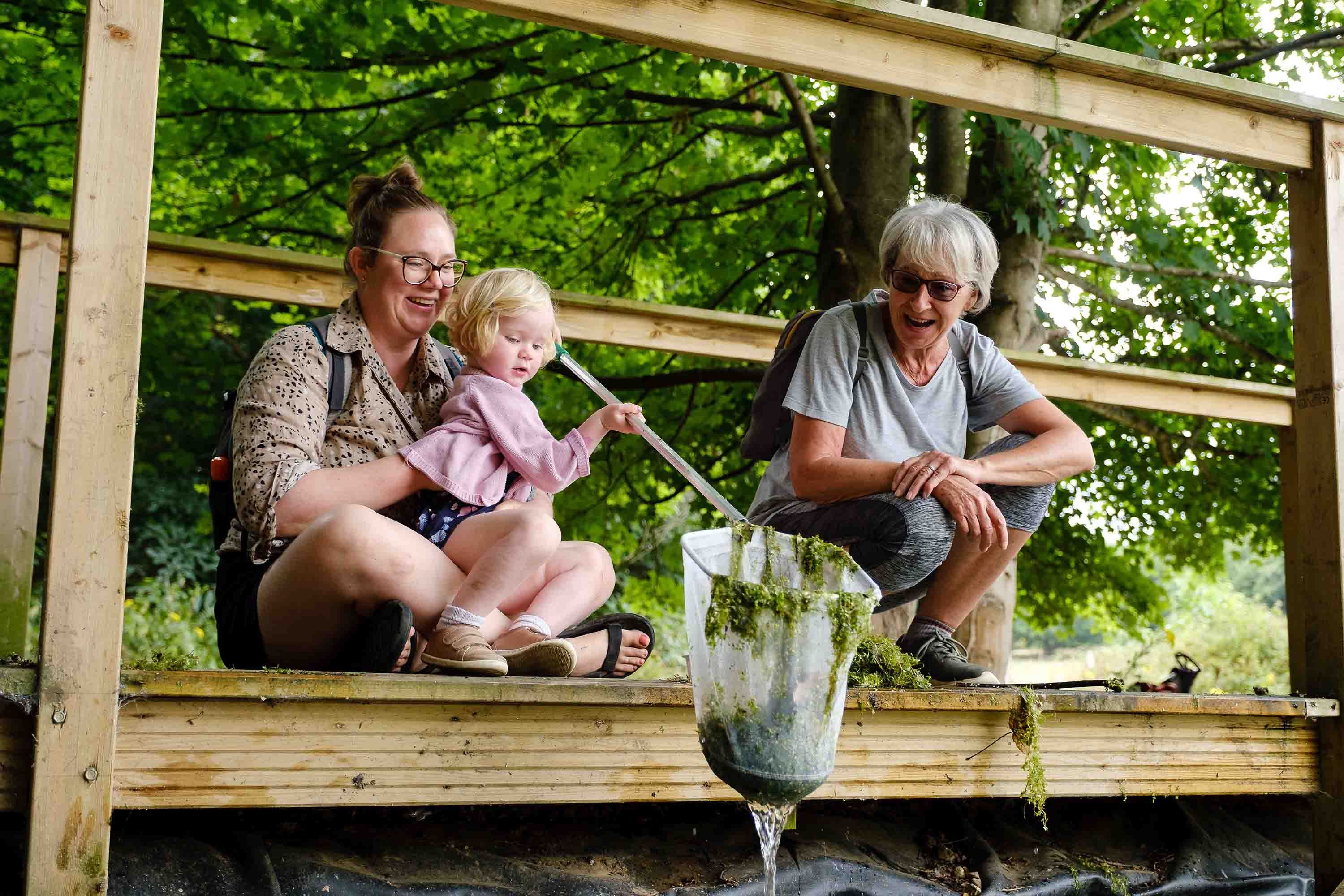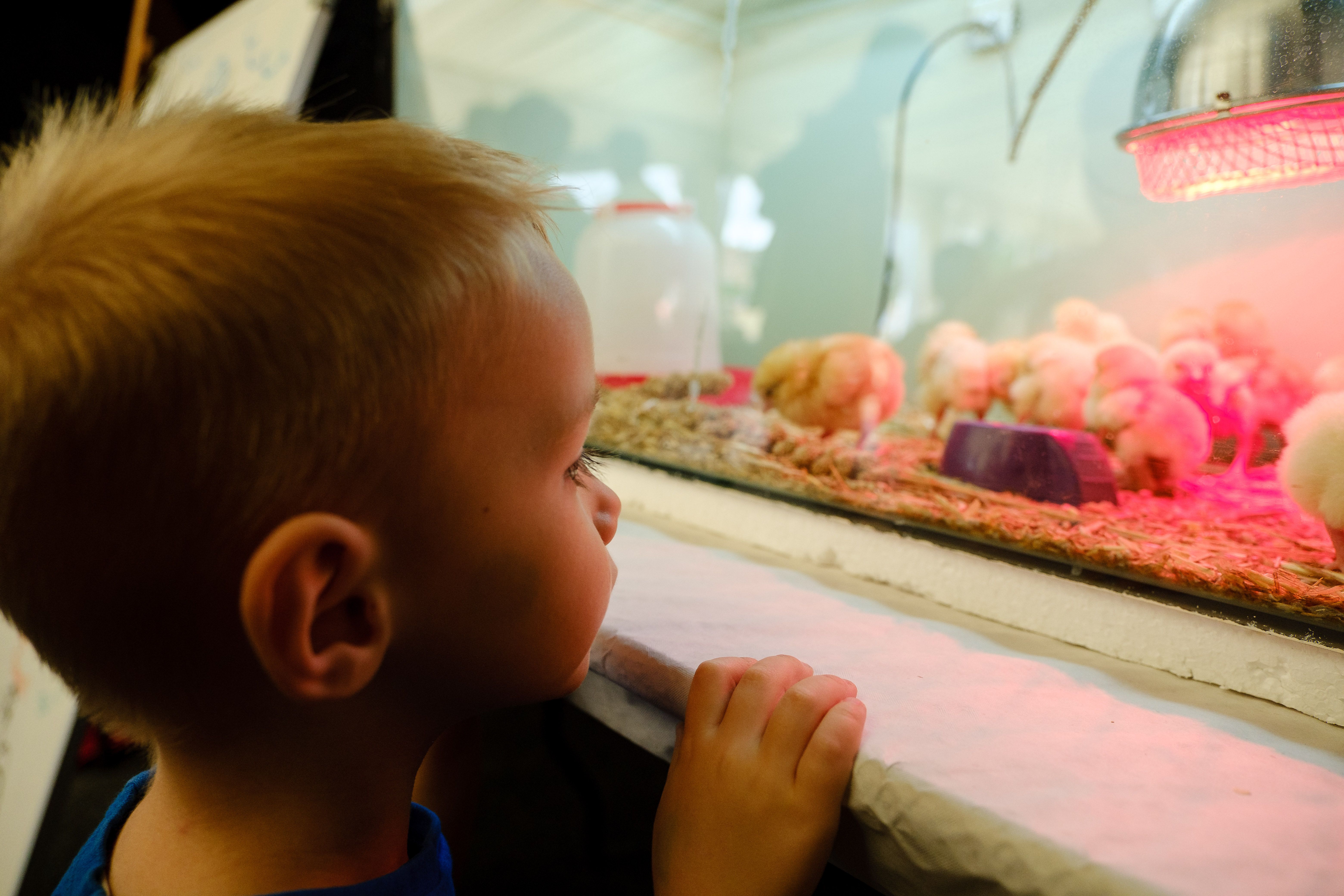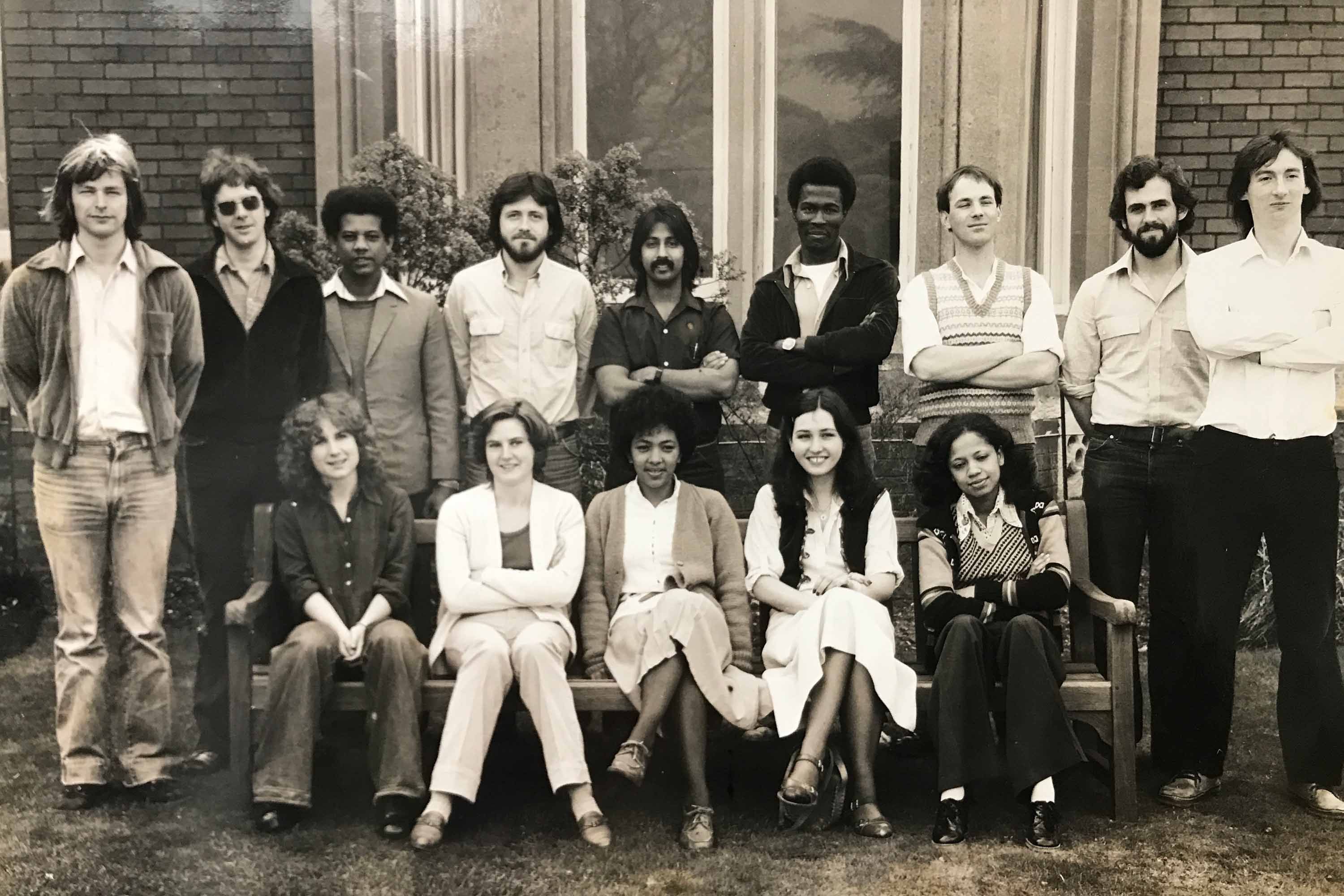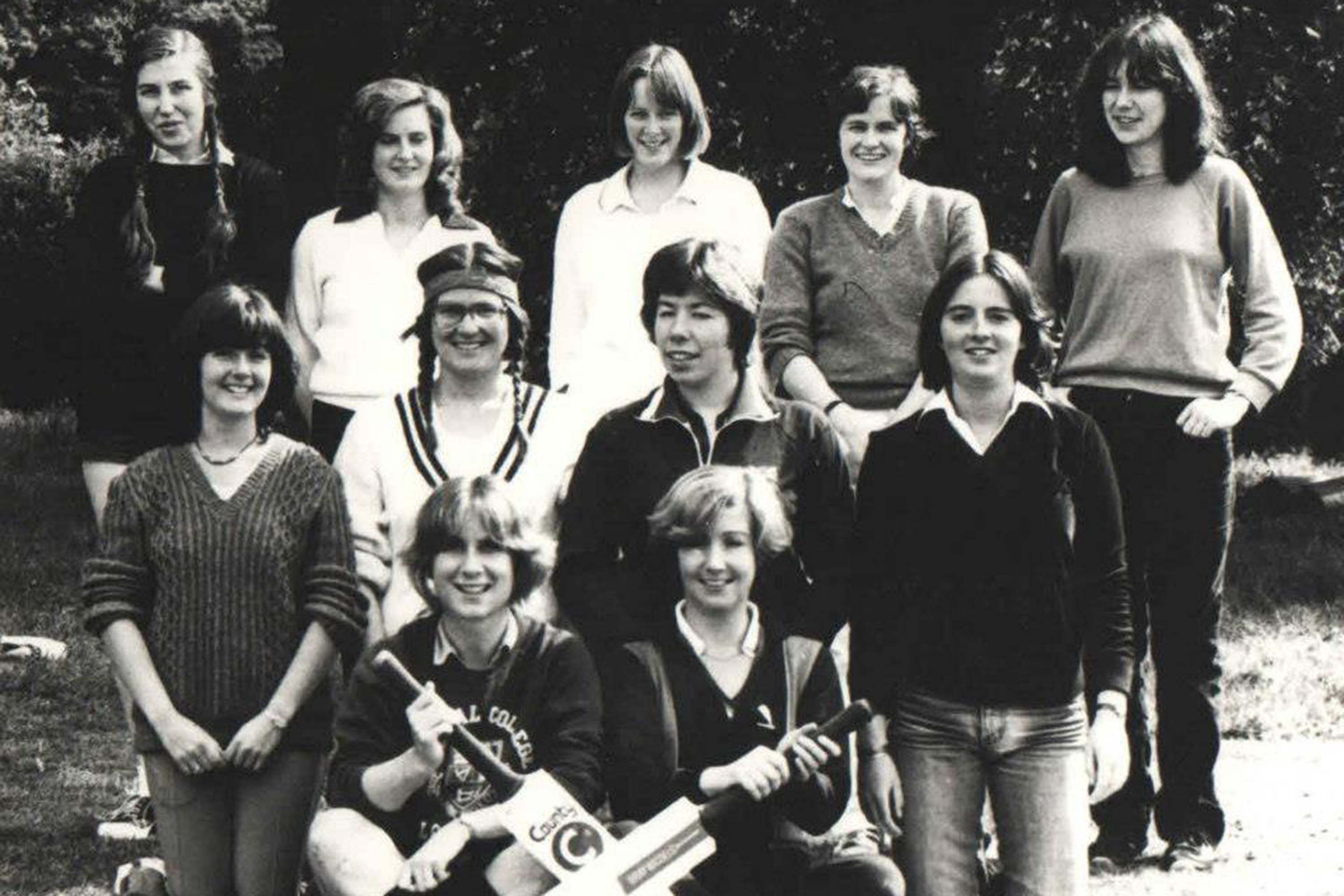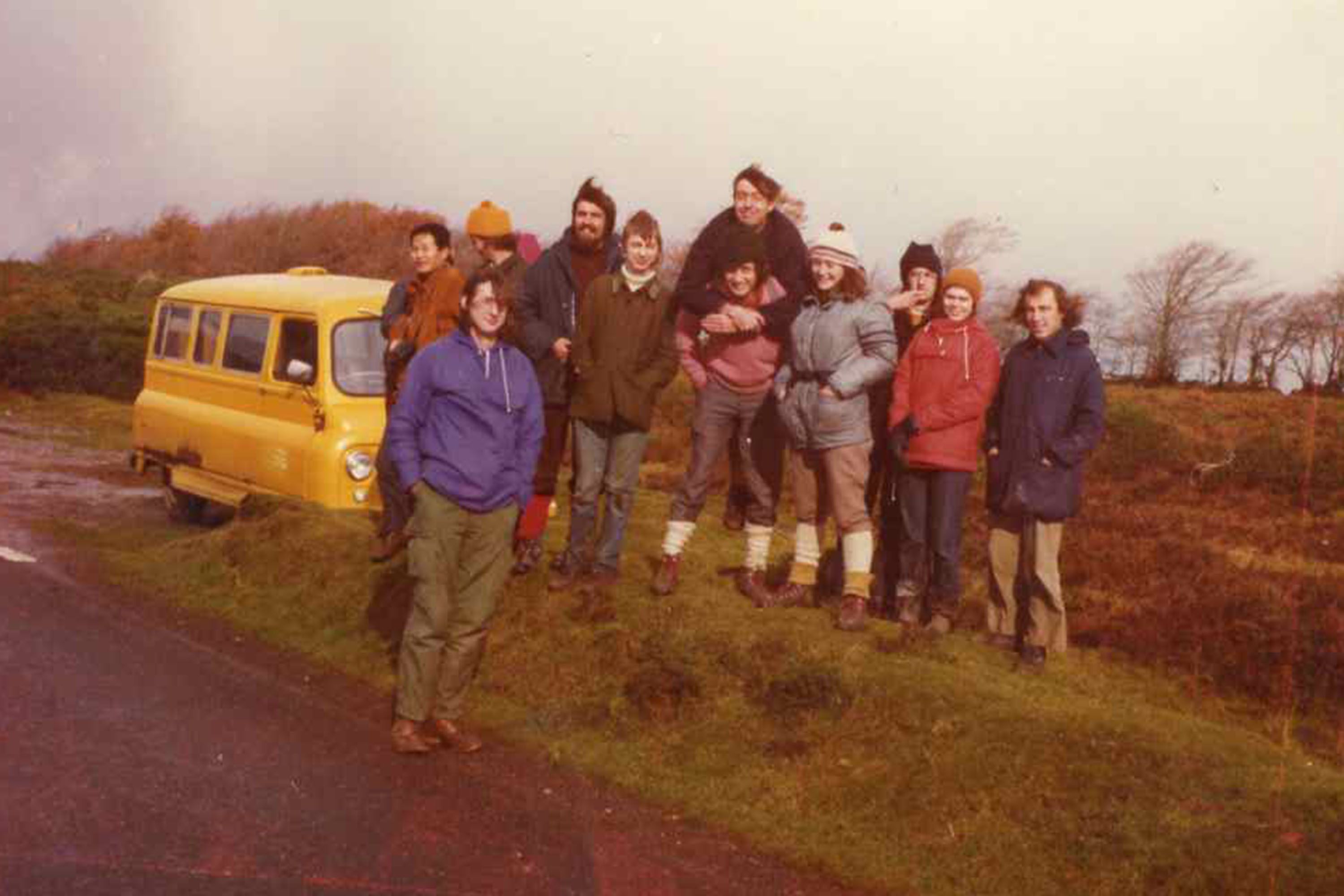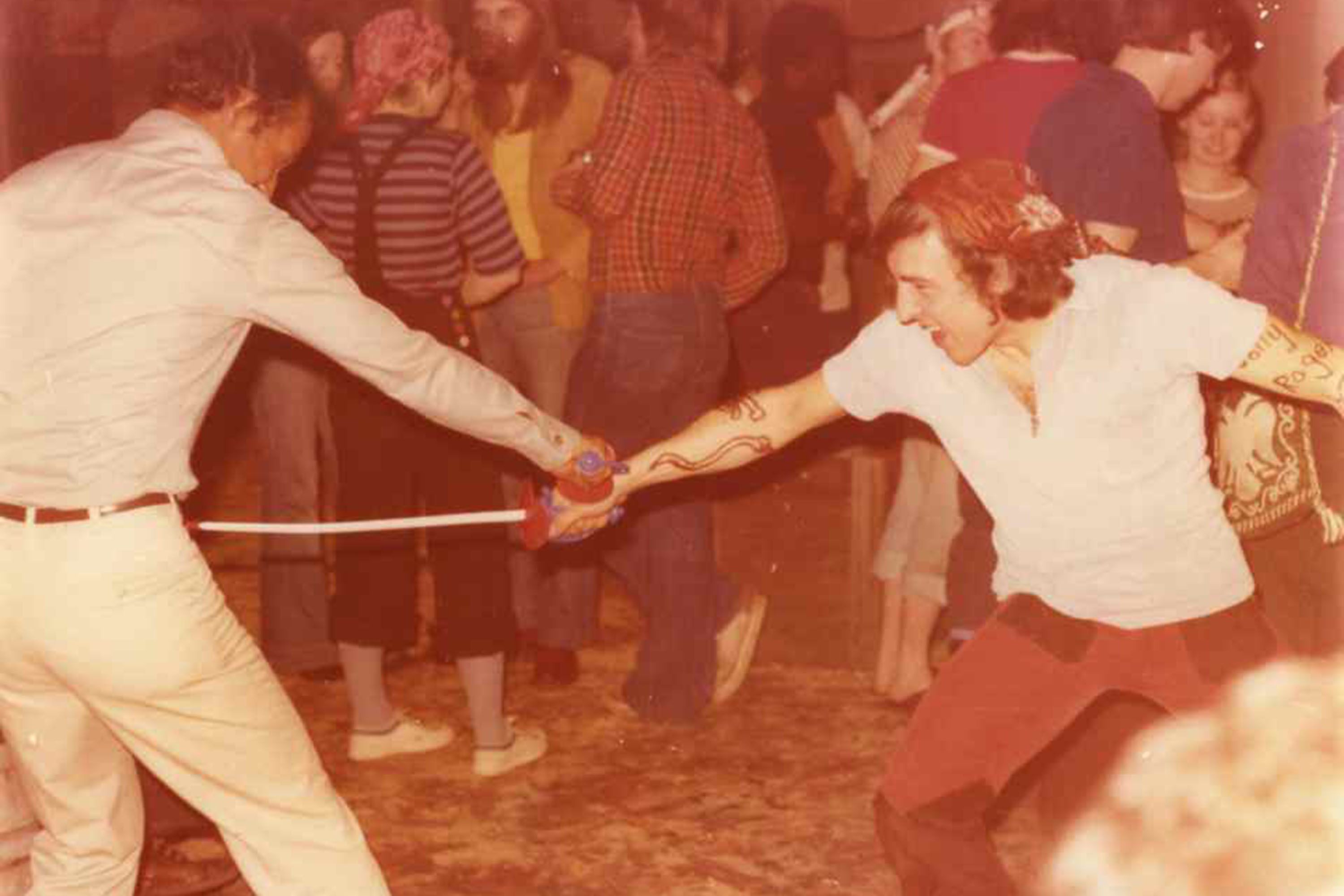When Imperial took possession of Silwood Park, it inherited two long-serving employees of the last private owners before the army took over the property. One of immediate uses for the student hostel element of Silwood was the old housekeeper, a Mrs Dalley. Perhaps less relevant was the mole-catcher, Mr Darling. With a very thick Berkshire accent, he would boast to the students that he had not been to London since the end of the First World War.
The warden at Silwood in the 1950s was a Mr Savage, an ex-colonial administrator. He was a brilliant pianist, and instituted regular classical musical soirées in his flat. The students contributed three excellent pianists, two violinists of modest ability and an adequate recorder player, but who had never acquired the skill of reading music. Perhaps it is a good thing that no one had a tape recorder!
Mr Savage also regularly patronised the Theatre Royal in Windsor, and would offer students the spare seats in his large Citroen car, should they wish also to go to the theatre. Students soon learnt that he was wont to lose interest in the performance and decide to leave at the interval; you either went back to Silwood with him or had to make your own way home if you decided to stay to find out “who done it”.
A remarkable phenomenon was the local bus service from Sunningdale to Windsor. This was a rather short single-decker known as the “White Bus” – there may have been more than one, though its limited frequency suggested otherwise. It was also far from reliable and it was not that unusual to see it at the Seven Stars Garage just down the road from Silwood, with the rear jacked up and with the passengers still sitting inside it waiting for it to resume its journey. If one took this bus to Windsor, one would notice that it would empty out shortly before entering Windsor Great Park. Here it would take a circuitous route in order to pass the various habitations in the park; some poor soul left on the bus then found they had the job opening and shutting a large number of gates for the driver. After an age, the bus would reach a stop just before its final direct run to Windsor. Here the bus would fill up again, and an eagle-eyed passenger would notice that these passengers were familiar – they were the same folk who had emptied out half-an-hour earlier. It was indeed the same stop, at a pub.
The flat inhabited by the cultured Savages (!) overlooked the drive on the northwest corner of the first floor of the house. At that time the drive had an entrance on the main road from Ascot. One evening, returning well-fuelled from the Cannon pub, the students saw potential in the barriers and signs being assembled at the cross-roads for future roadworks. They moved barriers and arrows to close the main road to eastbound traffic and divert it along the drive below the bedroom window of the Savage flat. The students thought this was dreadfully funny; Mr and Mrs Savage probably did not.
The Head of Department in the late 1950s was Professor Owain Westmacott Richards. He and Dr Nadia Waloff conducted long term research on the population dynamics of insects on broom bushes at Silwood, and so Richards (with Waloff) would frequently drive to Silwood from London, especially during the summer. Sometimes they would offer a lift to any London postgrad who had business at Silwood, and one such reported how Richards had been driving rather dangerously close to the back of a bus for a considerable distance to settle an argument with Waloff as to whether an insect visible at the rear window of the bus was a horsefly or a hover fly.
Richards tended to wear pretty old suits for these trips to Silwood, but on one occasion he appeared in an expensive brand new suit, since he had an important meeting in London later in the day. It would have to be the day when the heavens opened while he was in the broom patch! Student noses were pressed to the windows to witness his eventual return with forearms and substantial amount of lower leg projecting from his now badly shrunken new suit.
Visits from London by Professor Richards to carry out his research at Silwood were the only opportunity his research students had to consult their supervisor. He never asked to see them, and most supervision and advice at that time happened between students sharing the same lab. That was the norm in those days and so different from today, even though at that time staff got extra income for each student they nominally supervised. Even so, a consultation with Richards was always extremely brief, and one soon learnt that it was over when Richards, without a word, got up and disappeared into the loo next to his Silwood office. He would not return, but moved on to elsewhere in the building.
At this time the students lived on the top floor of Silwood House, in the rooms once used by the servants. These rooms were on a corridor forming three sides of a rectangle around the large central hall of the building. The fourth and north side of the rectangle was completed by two contiguous and communicating bedrooms. There was an unwritten rule that the communicating doors of these two rooms would never be locked by day, so that students with the most distant rooms could shortcut three sides of the rectangle. In 1956, President Nasser of Egypt closed the Suez Canal in protest at the refusal of Britain to end its military presence in the canal zone. By chance, both those communicating student rooms at Silwood were occupied by students from Egypt and, in sympathy with their President, they locked the doors and forced students to go to their bedrooms the long way round!
At the end of every summer term, a class of civil engineering students from South Kensington would descend on the Silwood campus for a couple of weeks to acquire surveying skills. The tradition was passed from generation to generation of these students that, on their last night, they would party at the pub. On their way back to the old Nissan huts they slept in at Silwood, they would invade Silwood House and trigger the fire alarm. The Silwood students also had their own tradition. This was, on the same night, to immobilise the alarm bell on the top floor with a bath sponge wedged under the bell’s clapper. Unfortunately, their tradition did not include remembering to remove the sponge. Thus there would be a complaint from the Warden each time he ran the next fire drill.
